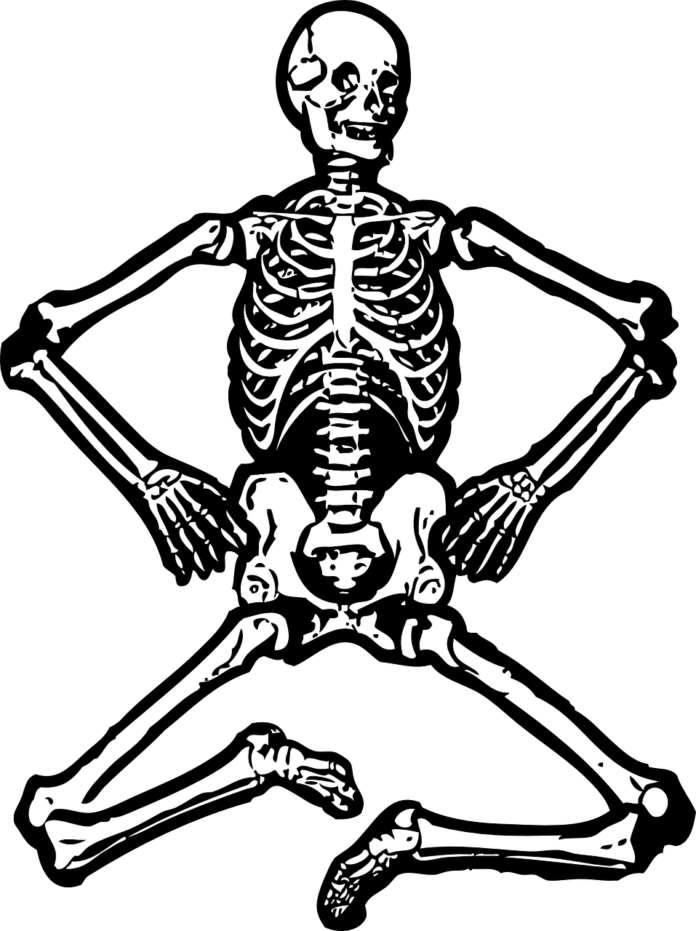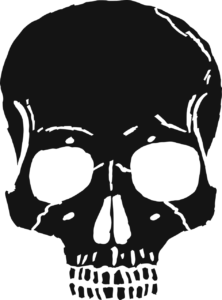
Muscles are one of the most important parts of our body.
They help us to walk, run, and lift heavy objects.
There are three types of muscle tissue: Skeletal muscles: these are voluntary muscles that move in response to conscious decisions from the brain.
Skeletal muscles make up about 40% of your total weight.
The heart: this is a type of skeletal muscle that does not contract voluntarily.
But helps keep blood circulating throughout your body by pumping blood through arteries with each heartbeat.
The heart can weigh between 5-7 pounds (2-3 kilograms).
Smooth or involuntary muscle tissue generally lines organs such as your stomach, intestines, esophagus and bladder.
Where it helps push food along its passage or helps your bladder contract so it can empty.
Nervous tissue: this type of muscle is found in the walls and sheaths of organs such as the stomach, intestines, urinary tract .
Or esophagus where they control involuntary movements related to digestion.

Muscles generate tension through a process called ‘contracting’.
A single skeletal muscle cannot produce any force on its own but by combining many individual muscles together you create what we call ‘muscle groups’.
When these are contracted at once they can lift heavy objects with relative ease .
Or help keep blood flowing around your body even when you’re not thinking about moving!
A typical human being has over six hundred separate major muscles that form dozens of different muscle groups all working together.




